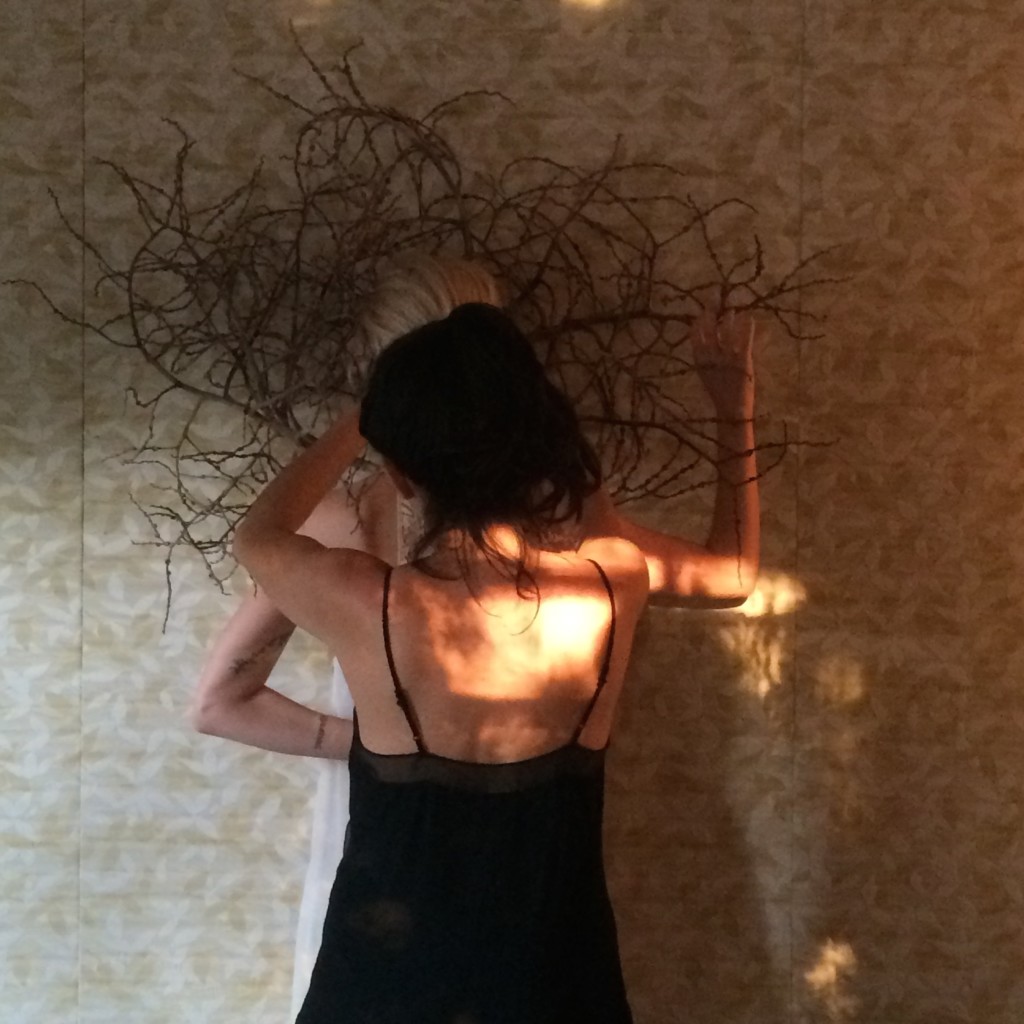Monica Pena, director of ‘Hearts of Palm,’ interviewed by Hans Morgenstern
FFCC Vice Chair Hans Morgenstern spoke to writer/director Monica Peña about her surreal second feature film Hearts of Palm ahead of its world premiere at the 33rd Miami International Film Festival.
Writer/director Monica Peña obliterates the notion of sophomore slump with her second independently produced feature film, Hearts of Palm, which will have its world premiere at Miami Dade College’s Miami International Film Festival tonight. With this movie, the Miami-based Cuban-American filmmaker has only advanced her avant-garde exploration of film narrative, which she first introduced us to with Ectotherms in 2014. Whereas her first film examined the lives of four Miami youths trapped in suburban anomie, her latest takes on a more personal subject: love turned sour.
Both films are strongly rooted in Miami. The first contains allusions to the plight of the first-generation Cuban American who may not care enough about her roots. The new film includes a set piece involving local fruit but also a visit to a Botanica, a distinctive shop that sells implements for Santeria rituals and other religions brought to Miami from the Caribbean.
Hearts of Palm is divided into two acts that explore a deteriorating relationship between a nameless young couple (Brad Lovett, who also provides the film’s evocative score, and Megan Galizia). As their union rots, they manifest a negative energy embodied by a spectral interloper (Julian Yuri Rodriguez, another Miami-based filmmaker). Peña shot the film not with a script but with a “25-page blueprint,” which included directions for scene structure, sounds, imagery, and other basic springboards that allowed the director, the lead performers and even artist/production designer Lucila Garcia de Onrubia to find the story during the filmmaking process. (All four share screenwriting credit). The narrative is as mystical as some of the film’s themes, which explore desire, insecurity, regrets and dreams and with a stream-of-consciousness quality rendered by the film’s haze of imagery and ambient sounds.
Filmmaker interviewed Peña at the Miami house where she shot the film. The walls were still decorated with some of the props Onrubia created from twigs and other detritus she gathered from the home’s garden.
(Read the rest at Filmmaker Magazine)


